Minimalist design has firmly established itself as a mainstay in packaging, championed by brands seeking a clear, uncluttered presentation that supports both their aesthetic and environmental goals. This approach pairs a reduced visual style with functional considerations like user-friendly forms and eco-friendly materials. Whether it’s a small local bakery aiming to simplify wrapping or a larger brand looking to refine its shelf presence, minimalism in packaging can help differentiate products in a world often saturated by elaborate, loud designs.
Below, we break down the concept of minimalist packaging, why it’s growing in popularity, its benefits, and how to implement it across industries. We’ll also explore essential design elements—from color palettes to finishing touches—and discuss future directions shaping this trend.
Understanding Minimalist Packaging Design
Minimalist packaging design emphasizes removing unnecessary elements to highlight what truly matters: product safety, brand personality, and a visually pleasing aesthetic. This approach requires careful editing of fonts, color schemes, and decorative components to achieve clarity. In practice, it involves streamlined shapes, limited color palettes, and concise text that communicates essential details without clutter.
Definition and Core Principles
- Simplicity: Eliminating extraneous graphics, using white or neutral space, and paring down text to vital information.
- Functionality: Ensuring packaging easily accommodates the product, opening, shipping, and disposal processes, thus serving real customer needs.
- Aesthetics: Maintaining consistent typography, minimal color usage, or subtle finishing techniques that appeal to a brand’s target audience.
Such a mindset fosters brand authenticity and reliability—a major draw in a crowded consumer landscape where attention is fleeting and brand trust is hard-won.
The Rise of Minimalist Packaging in Modern Markets
Minimalism emerged as a design trend in the late 20th century, but its presence in packaging soared in the 2010s as consumer tastes shifted toward less visual noise and more functionality. This development is further spurred by heightened environmental awareness—fewer materials often mean smaller carbon footprints.
Modern customers frequently lean on minimal packaging styles because they:
- Feel more eco-friendly (less plastic, fewer inks, reduced waste).
- Convey sophistication through understated elegance.
- Align with the digital era’s preference for quick consumption of brand information without clutter.
As businesses look to differentiate on shelves or in e-commerce listings, minimalist packaging stands out precisely by not overwhelming the eye. This dynamic underpins a fast-growing demand in numerous sectors, including food, cosmetics, electronics, and more.
Benefits of Minimalist Packaging for Brands and Consumers
Minimalism in packaging can yield tangible rewards for both companies and end-users:
Brand Differentiation
A cleaner, pared-back approach contrasts with the cacophony of bright, busy designs. This distinctive look can help your product shine, especially if competitors fill shelves with elaborate, multi-colored boxes.
Cost and Material Savings
Cutting extraneous layers or printing steps can slash production costs. According to Packaging World Insights, adopting minimalist packaging can reduce material usage by up to 30%, benefiting companies’ bottom lines while appealing to budget-conscious or eco-minded customers.
Enhanced Brand Clarity
Clear design helps shoppers absorb brand info at a glance. Minimalism directs focus to brand names, product details, or a single graphic icon—fostering a more immediate impact and easier brand recall.
Consumer Appeal and Trust
Overly elaborate designs can sometimes feel gimmicky. Minimalist choices might signal authenticity, honesty, and quality. Consumers may perceive a more authentic brand personality, fostering trust and loyalty.
Key Elements of Effective Minimalist Packaging Design
Typography, Color Schemes, and Materials anchor the essential principles of minimalism. By highlighting only crucial brand elements, you create an immediate, memorable impression.
Typography
- Clean, Simple Fonts: Sans-serif or minimal serif options typically convey clarity. Overly ornate scripts clash with minimalist ideals, adding visual clutter.
- Limited Text: Keep brand names or product info front-and-center, with minimal supporting text to avoid overshadowing the product itself.
Color Schemes
- Limited Palettes: One or two primary brand colors, supplemented by neutral shades (white, gray, black, or muted tones).
- Monochromatic Approaches: Sometimes, employing a single color across the package fosters unity and sophistication. Alternatively, strategic use of accent colors highlights key brand elements or text.
Materials
- Sustainable Resources: Recycled cardboard, kraft paper, or biodegradable plastics align with minimalist ethos by trimming environmental impact.
- High-Quality Finishes: Subtle laminations (matte or gloss), minimal foil stamping, or gentle texture can elevate brand appeal without bombast.
- Transparent Surfaces: For product-driven brands, partial transparency can reduce the need for heavy graphics while letting the product show through.
Innovative Minimalist Packaging Design Ideas
Minimalism spans a broad continuum—from stark monochromes to understated textures. Below are some creative approaches, illustrating how to keep designs lean yet impactful.
Monochromatic Schemes
Adopting a single color across the entire package fosters brand consistency and a sleek impression. Whether it’s plain white or bold black, a uniform color can stand out with minimal text or ornamentation. This style suits high-end fashion or cosmetics that need an air of sophistication while staying visually cohesive.
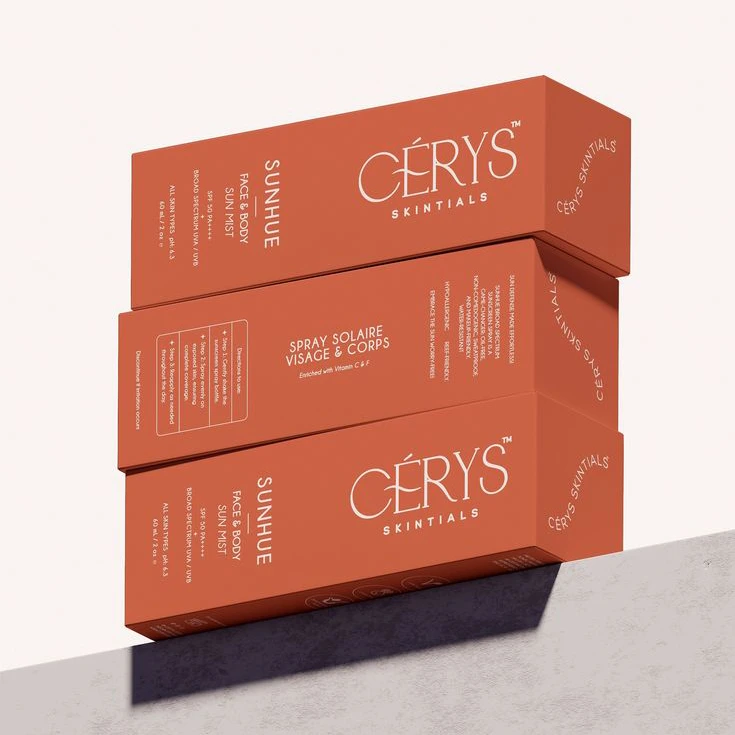
Embrace White Space
White space isn’t always white—it’s the open, unoccupied space on packaging that draws focus to a singular element, like a product name or a small brand mark. By restricting text or imagery to a small central area, brands communicate clarity and confidence in their identity.
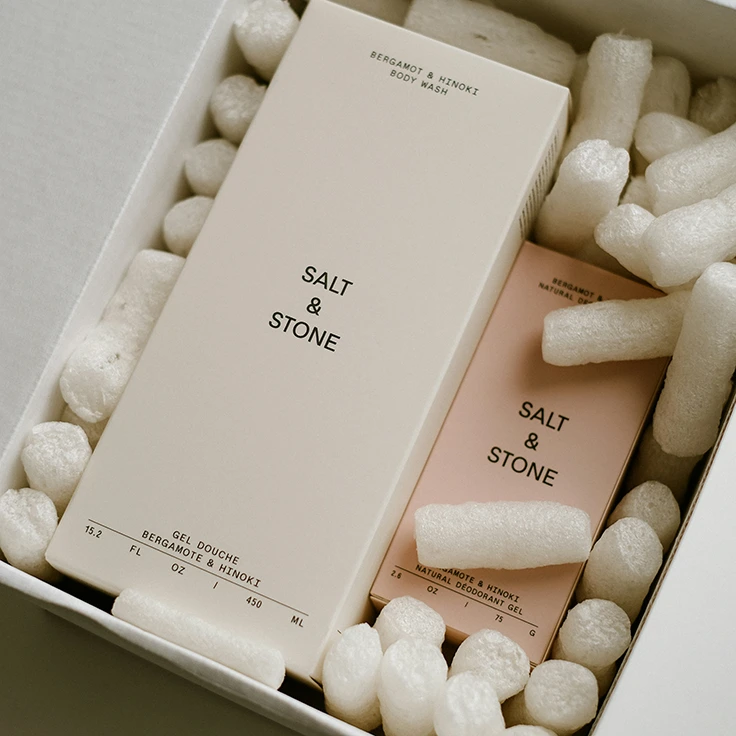
Eco-Friendly Materials
Minimalism often pairs well with sustainability. Using kraft or recycled paper can reflect an earthy, modest aesthetic while also appealing to eco-conscious consumers. One or two lines of black ink or a small color logo easily convey brand identity without overshadowing a natural background.
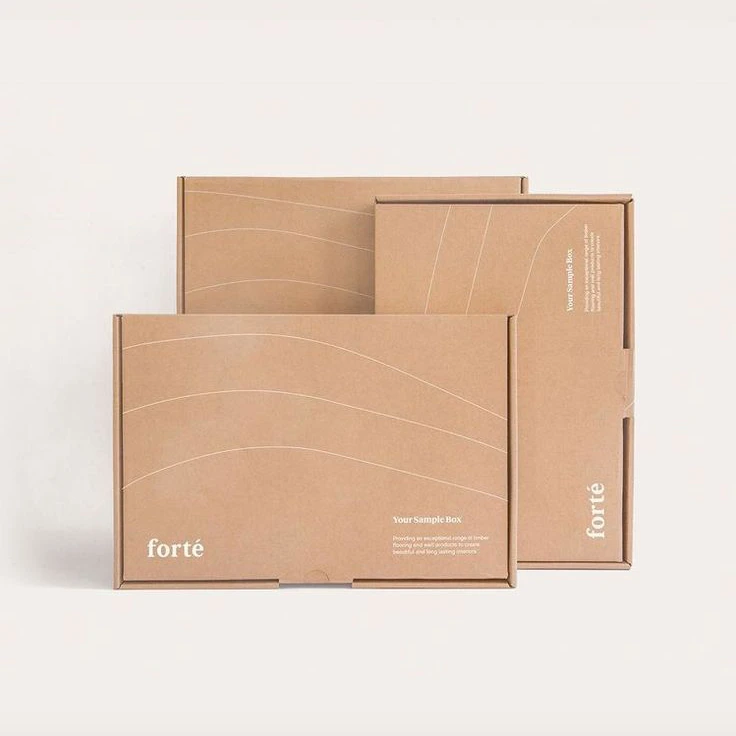
Luxurious Minimalist Designs
Minimal designs can still radiate luxury by incorporating premium finishing, like soft-touch lamination or subtle foil stamping. A black or white box with a single silver or gold foil accent exudes a refined aura—commonly seen in high-end perfumes or jewelry packaging.
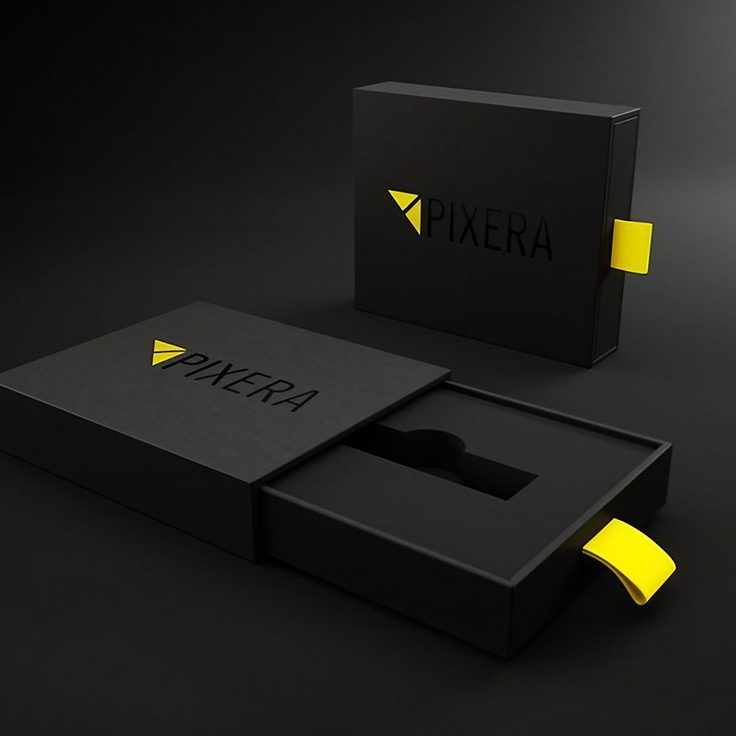
Geometric Shapes
Simple geometric lines—like diagonal stripes or repeated shapes—can replace illustrations or text blocks, offering visual intrigue without clutter. This approach can blend seamlessly with minimal color usage, letting shapes do the talking.

Interactive Elements
Even minimal packaging can integrate small interactive details. A QR code discreetly placed on the box might lead to behind-the-scenes brand videos or care instructions. This blend of analog and digital fosters consumer engagement without visual overload.
Transparent Packaging
A clear window or partial cutout can reveal the product itself, letting the item’s color or shape serve as part of the design. This approach often fosters consumer trust, as they see exactly what they’re getting.
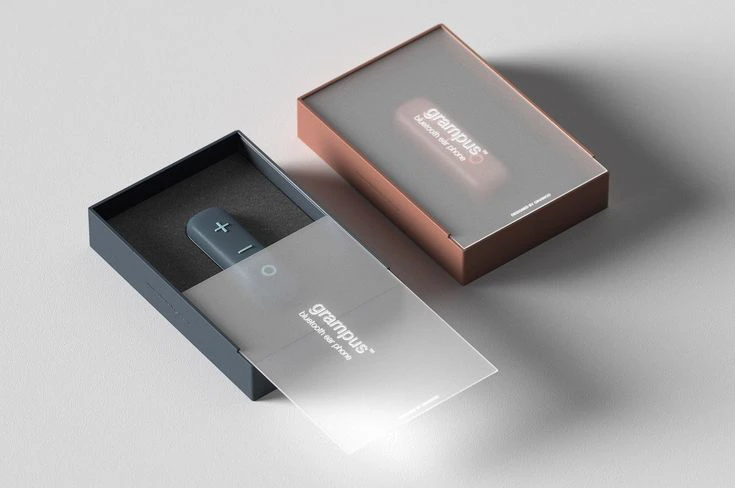
Neutral Color Palettes
Instead of flamboyant color combos, subtle tones like pale gray, cream, or soft olive can differentiate a brand gently. These calming shades often align with wellness or lifestyle products that emphasize purity or relaxation.
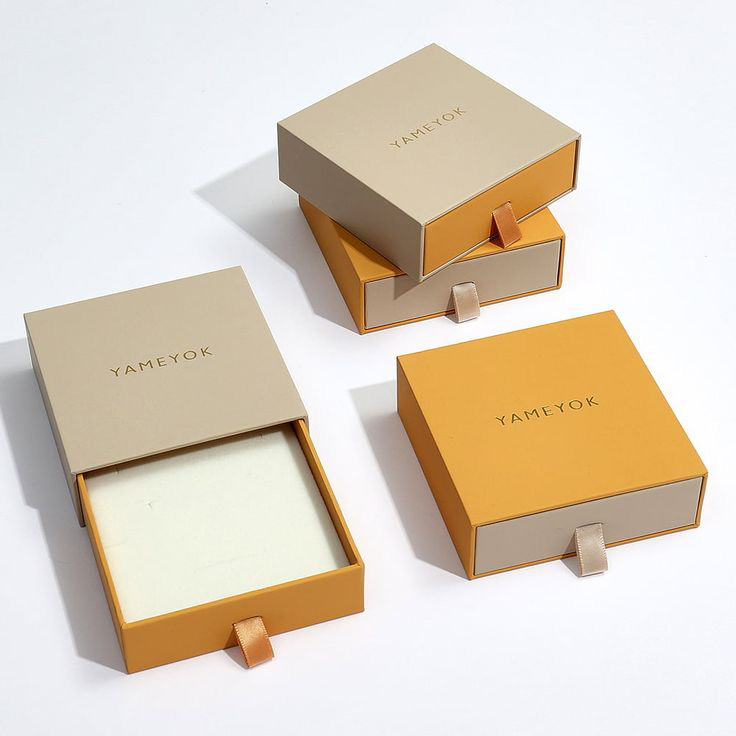
Focus on Functionality
Minimalist design encourages removing unnecessary layers—meaning packaging that’s easy to open, store, or reseal. This user-centric approach underscores how minimalism can be as much about practicality as it is about aesthetics.
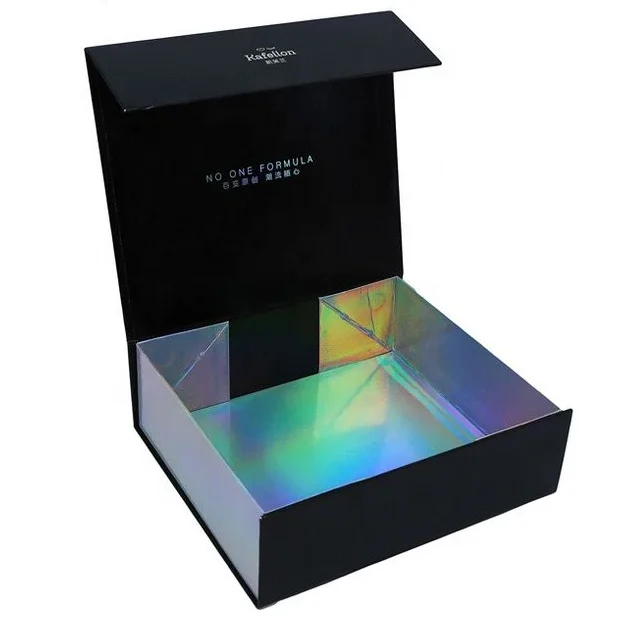
Minimal Material Usage
Reducing inserts or sub-packaging layers not only upholds minimal principles but also cuts supply chain costs. Consumers appreciate less waste, and your brand gains a positive reputation for eco-mindedness.
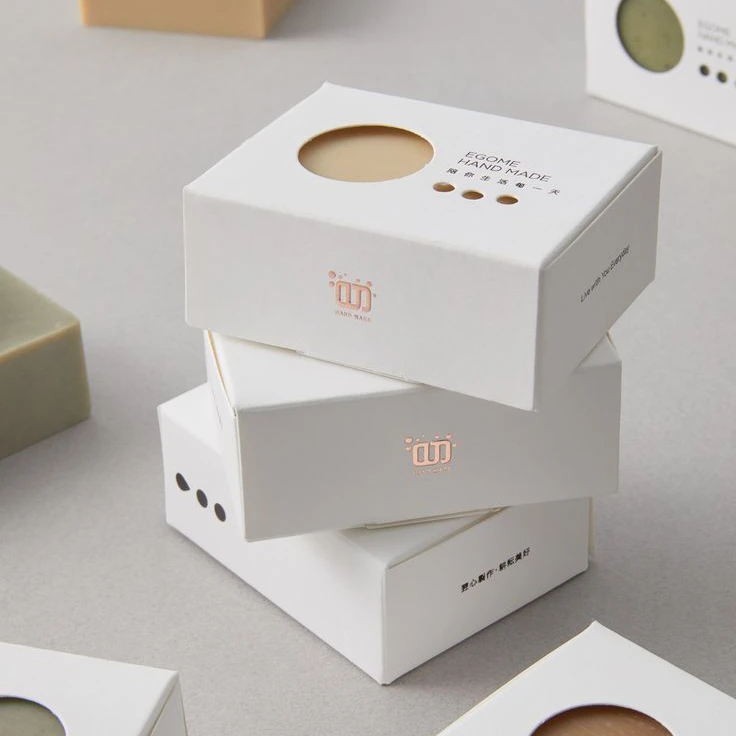
Bold Typography
When removing superfluous graphics, large-scale typography can provide the brand highlight. A single bold wordmark in a vivid color or a carefully chosen font ensures the package stands out without extra imagery.

Artistic Illustrations
Minimalist doesn’t always mean no imagery. Simple line art or stylized icons can be added in small, strategic placements. The key is that the illustration remains sleek and uncluttered, complementing the brand story rather than overwhelming it.
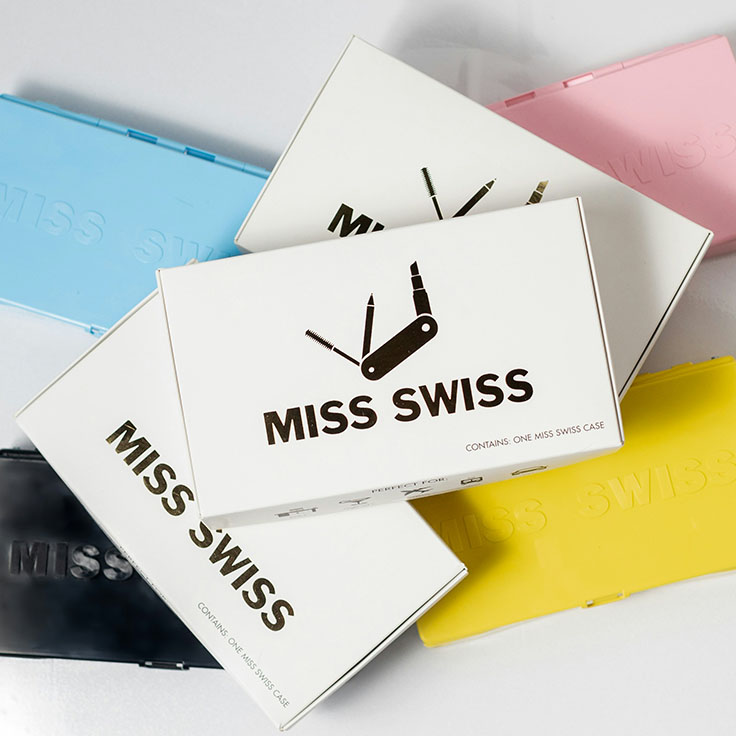
Minimalist Packaging for Small Businesses
Small businesses can harness minimalism to maximize brand presence while curbing production costs. Subtle designs often require fewer inks, less complex printing plates, and minimal packaging layers.
Affordable Ideas
- Stickers and Labels: Rather than printing every box in multiple colors, use plain boxes with one or two brand stickers. This approach cuts down on complicated designs while retaining brand identity.
- Plain Boxes with Branded Sleeves: An understated box plus a simple belly band or sleeve sporting your brand color or minimal text can be impactful. This is cost-effective, easy to update seasonally or for promotions.
By focusing on essential brand elements and removing non-critical adornments, small businesses can keep overhead low while maintaining an aesthetic edge. This approach resonates with consumers who often appreciate minimal, eco-friendly, and thoughtfully curated packaging.
Industry-Specific Applications of Minimalist Packaging Design
Minimalism can adapt across various sectors, proving it’s neither confined to high fashion nor artisanal goods alone.
Cosmetics
A sleek monochrome palette—think crisp white tubes or black droppers—complemented by subtle fonts can convey sophistication. Transparent or lightly tinted containers also show product color or texture, satisfying consumer curiosity. Minimal prints with brand logos and simple usage directions keep the packaging visually clean and consistent.
Food and Beverage
Transparent or partially translucent pouches highlight product freshness. Minimal labeling can rely on one brand color or signature swirl. Earthy, uncoated kraft packs or recyclable paper cups with limited text can emphasize organic or eco-centric brand values.
Jewelry
Rigid boxes in neutral tones (white, beige, black) lined with minimal foam inserts. A singular brand monogram in silver or gold foil confers an upscale vibe. The packaging’s small size underscores how minimal packaging can highlight the preciousness of the jewelry inside.
Technology Products
Tech thrives on sleek lines, neutral color schemes, and minimal brand text. Crisp fonts, subtle shapes, or a raised brand logo can communicate innovation. Minimal-labeled cables or device boxes can reduce the sense of clutter often associated with tech accessories.
Implementing Minimalist Packaging: Best Practices
Embracing minimalism isn’t merely about removing elements; it’s a design philosophy that stresses clarity, brand synergy, and user convenience. Transitioning effectively demands strategy and meticulous attention to detail.
Focus on Essential Information
Restrict packaging text to core content: brand name, product type, minimal instructions, and possibly a single brand tagline. Additional or secondary details can be placed on a website or a concise insert. By minimizing textual clutter, brands can deliver sharper brand messaging that’s instantly recognizable.
Choose the Right Materials
Select stocks that align with your brand’s minimal aesthetic—often uncoated or lightly coated boards that exude simplicity. If opting for eco-conscious approaches, look for recycled content or recognized certifications. Good materials underscore minimalism’s emphasis on quality over quantity.
Utilize Negative Space
Negative space draws the eye to what truly matters—be it your logo, a product silhouette, or a tagline. By intentionally leaving swaths of the packaging surface blank, you evoke elegance and let brand elements breathe. A balanced emptiness can project calm and confidence, underscoring the brand’s ability to stand out without shouting.
Emphasize Your Logo
If the brand’s core identity revolves around a distinctive logo or wordmark, let it take center stage. Consider a simple box in a monochromatic shade with a crisp brand emblem—no extraneous text or images. This approach cements brand recall while upholding minimalist aesthetics.
Overcoming Possible Challenges
- Brand Identity Concerns: Some worry minimalism reduces brand recognition. However, focusing on key brand elements (like a signature color) can help.
- Material Quality: Fewer protective layers might risk damage if not carefully chosen. Heavier or more resilient stocks can offset the lack of extra wrappings.
- Design Complexity: Achieving perfect alignment or color consistency can be more critical in a simplified layout where every minor flaw stands out.
Future Outlook: Minimalist Packaging Trends Beyond 2025
Minimalism shows no signs of fading. Driven by sustainability demands and an overstimulated consumer environment, expect further evolution in this design philosophy.
Smart and Personalized Minimalism
As personalization expands (via short-run digital printing), brands might produce simple designs but tailor text or color for specific customers. Imagine minimal boxes with each buyer’s name softly printed or laser-etched.
Sustainability as a Default
More states or nations may enact packaging waste regulations, reinforcing the minimalist strategy of fewer materials, biodegradable inks, and easily recyclable stocks. The broader packaging industry could accelerate innovation in plastic-free coatings or dissolvable adhesives.
Omnichannel Consistency
Brands bridging physical and digital realms can maintain minimal packaging aesthetics offline while offering augmented experiences online. A simple box might house a small NFC tag, instantly linking to brand videos or tutorials.
Design-Forward Minimal Patterns
Geometric or line-art motifs could become standard, offering brand distinctiveness even within a minimal color palette. Subtle illusions—like gradient transitions or partial transparency—can keep minimalism fresh.
Ongoing Growth
With the “minimalist packaging market” predicted to expand significantly, many small and large brands will see streamlined packaging as a must-have, not merely a design preference. Consumers themselves increasingly cite packaging that is “simple” or “uncluttered” as more appealing and sustainable.
Frequently Asked Questions About Minimalist Packaging
What are the benefits of minimalist packaging design?
Minimalist packaging can reduce production costs (fewer materials, simpler printing), cut environmental impact, and yield a cleaner look that resonates with contemporary aesthetics and consumer preferences.
How can brands implement minimalist packaging effectively?
Brands should audit existing packaging for redundancies, choose eco-friendly and robust materials, maintain consistent brand elements (logo, color palette) in a restrained manner, and test prototypes to ensure ease of use and visual coherence.
What materials are best suited for minimalist packaging?
Recyclable or responsibly sourced paper-based materials (like kraft or uncoated stock) are popular. High-quality cardboard or paperboard pairs well with subdued printing and finishing methods, aligning with both minimal aesthetics and sustainability.
How does minimalist packaging influence consumer purchasing decisions?
Clean, clutter-free designs evoke professionalism and clarity, fostering brand trust. In a competitive environment, minimal packaging often stands out visually, helping attract consumers who appreciate thoughtful, straightforward presentations.
Conclusion
Minimalist packaging design—rooted in simplicity, functionality, and a respect for both brand essence and consumer convenience—continues to reshape the global packaging landscape. From essential monochromatic color palettes to subtly integrated interactive features like QR codes, minimalism emphasizes clarity and quality over loud embellishments or needless layers. It proves that less can indeed be more: fewer design elements, less waste, and fewer printing or finishing complexities can often produce a more direct, memorable brand statement.
Whether you’re a new business forging your brand’s identity or an established company wanting to streamline packaging, embracing minimalism can deliver economic, environmental, and brand-building advantages. As consumer preferences shift further toward sustainability and refined aesthetics, minimalist packaging stands poised to remain a central strategy, letting your products—and brand values—shine without distraction.
Contact for a Free Consultation!

